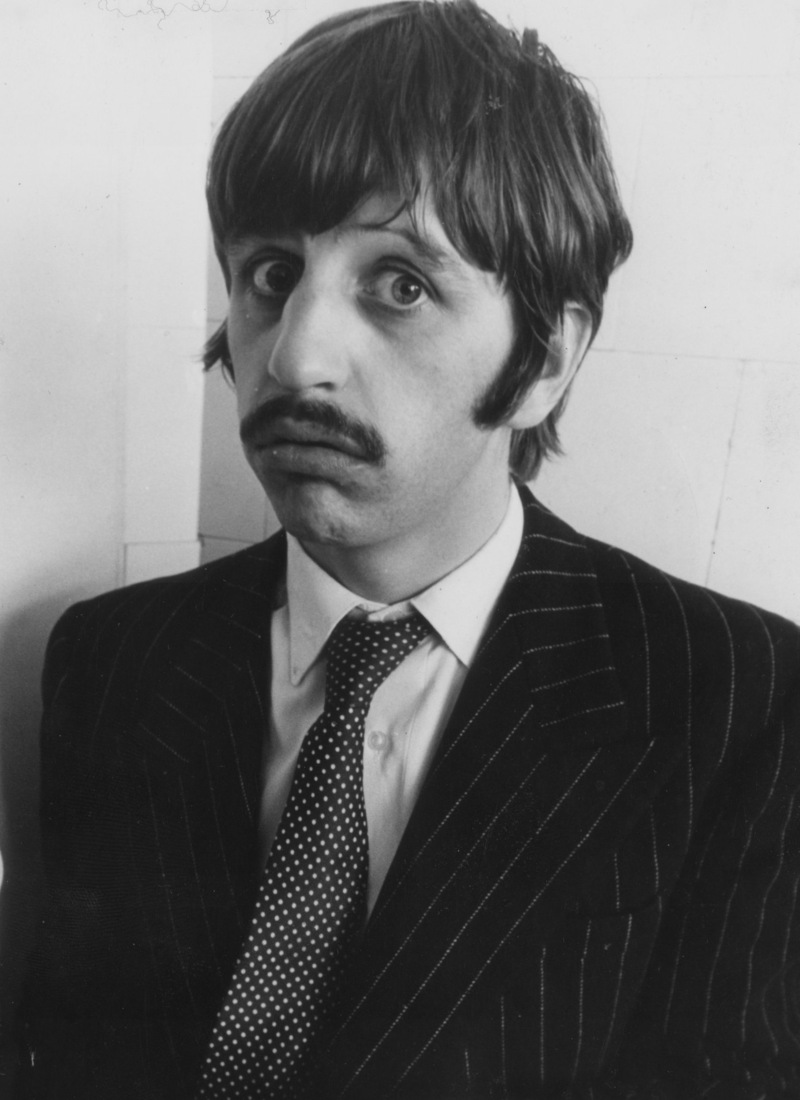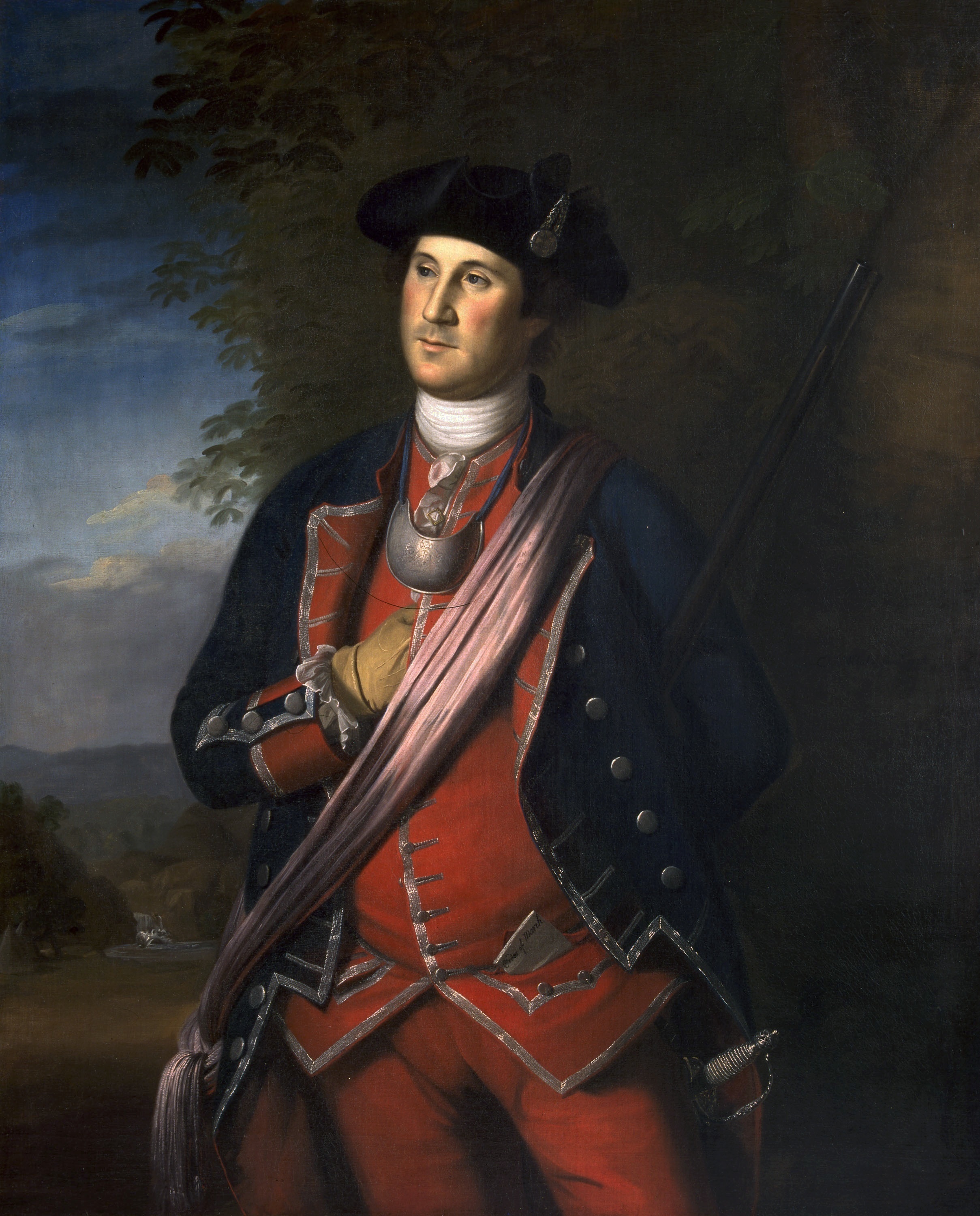I'd read in Ellis's book that Washington was 6'2", which is also my height (this hasn't worked out for me quite as well as it did for Washington, but being tall does have its advantages). And it's easy enough to read that someone's the same height as you and think "that's how tall I am." Not that exciting, really.
It's another thing entirely to go to Mount Vernon's musuem and come face-to-face (literally) with the Houdon bust of Washington--generally considered to be the best likeness of GW, carved from life. Looking at the bust, seeing the case's reflection of my eyes lined up with GW's eyes, I understood the physicality of the man in a way I hadn't before, and from now on, whenever something is my height, it's going to get described as "Washington-sized."

We had tried to go to
Mount Vernon before, but ran into the following things when we arrived:
1. Rain heavy enough to make it a problem, even under the trees in the long line to enter the house itself.
2. A thousand tour buses (18, but still).
3. People ahead of us in line complaining about how they should get to go to the front of the line to enter the mansion since they're senior citizens.
4. Six thousand schoolkids (this may not be an exaggeration).
So, in one of those joint decisions that might be the reason we're still married, we bailed out of the line, went back to the visitor's center, and plunked down the extra cash to get year-long passes to Mount Vernon. It's the first time I've ever had a year-long pass to anywhere, and I'm inordinately pleased that it's Mount Vernon.
The next weekend, the day after our visit to the GW birthplace in Northern Neck (see previous post), we woke up bright and early and got out to Mount Vernon right when it opened. We skipped past the entrance line, flashing our passes (our photos are on the cards!), and made a beeline for the entrance to the mansion. As you can see, it was a much nicer day:

A quick wait to let a school group (they always win, don't they?) ahead of us, and we were in George and Martha's home. A few thoughts while touring the grounds:
1. Bright paint signified money, which was something Washington could display. So there are some rooms in Mount Vernon that are
really green. Shockingly so.
2. For a place that was a private residence for a long time, Mount Vernon has an impressive collection of Washington's stuff. Part of this is due to the Mount Vernon Ladies' Association, one of the forerunners of historical preservation societies (and, as Seth Bruggeman points out, a way for women to write themselves into history in a time when they couldn't participate in it), and part of this is due to George Washington Parke Custis, GW's step-grandson, who kept his step-grandfather's stuff in a kind of museum at his other mansion--Arlington.
3. Among that stuff is Washington's campaign chest, which, given the length of the Revolutionary War, must have seen plenty of action, Washington's
uncommon chair, and the
bed Washington died in. After he died, Martha ordered that wing of the house sealed. She never entered it again, and retired to the third floor of the house, which is off limits to visitors, except during the winter months (annual pass!).
After touring the house, we strolled a short distance past stables and gardens and slave quarters (Mount Vernon is pretty up front about Washington and his slaves; they've got an advantage in the fact that GW freed his slaves in his will, the only president to do so; it'll be interesting to see how Monticello or Montpelier handle the same subject). After a while, we came up to the tomb of Washington--a crypt with George and Martha's marble coffins.
Whoever the other people around us were, they must have been high muckety-mucks, because the guards
unlocked the gate to the crypt and opened it up for them. They then posed in the crypt, next to the coffins. I didn't have the chutzpah to sneak in there myself, but I did snap a picture of the open crypt. Imagine a zombie GW stepping out of it (six foot two, remember).

There's really not that long of a line between pilgrims on their way to Lourdes and Elizabeth and I on our way to Mount Vernon: struggles, admiration, a mix of the physical and spiritual. A peek at the relic-like devotion paid to a set of Washington's dentures in the Mount Vernon museum reveals as much, right down to the greatest sign I've ever seen in a museum:
Please Refrain from Photographing the General's Dentures. It will be interesting to see how this devotion proceeds as we move on through history.





























